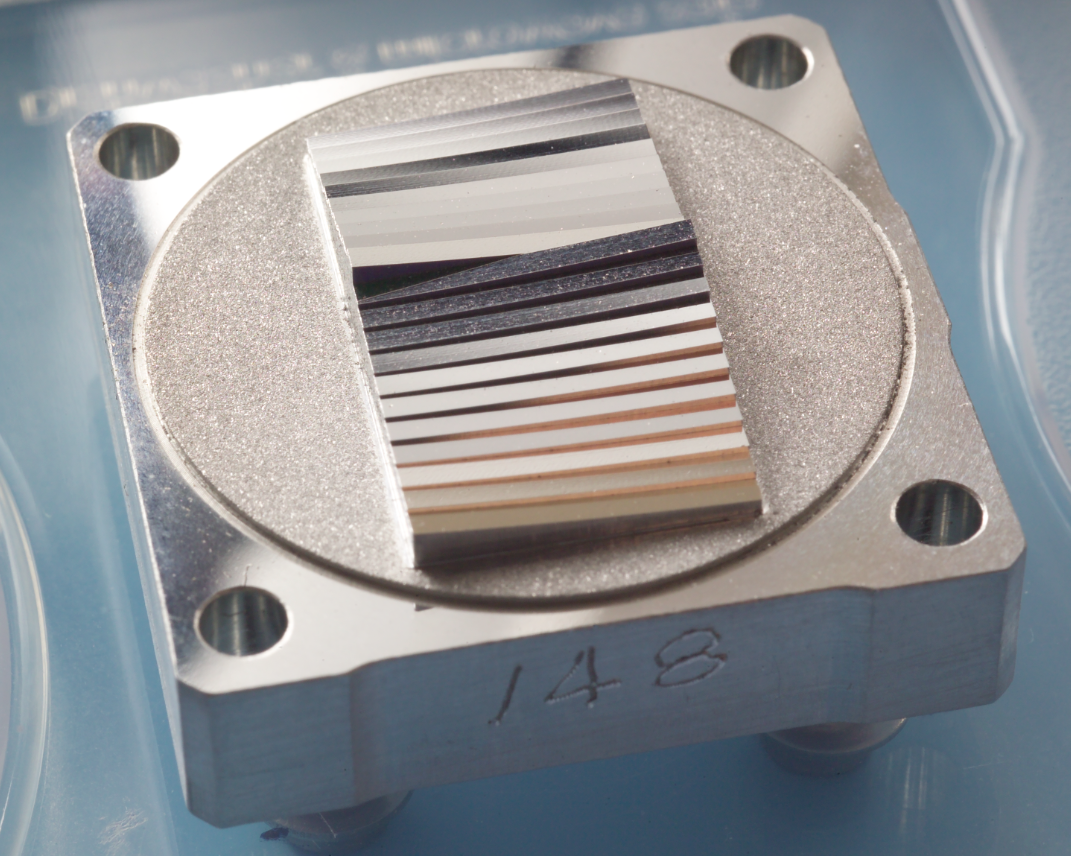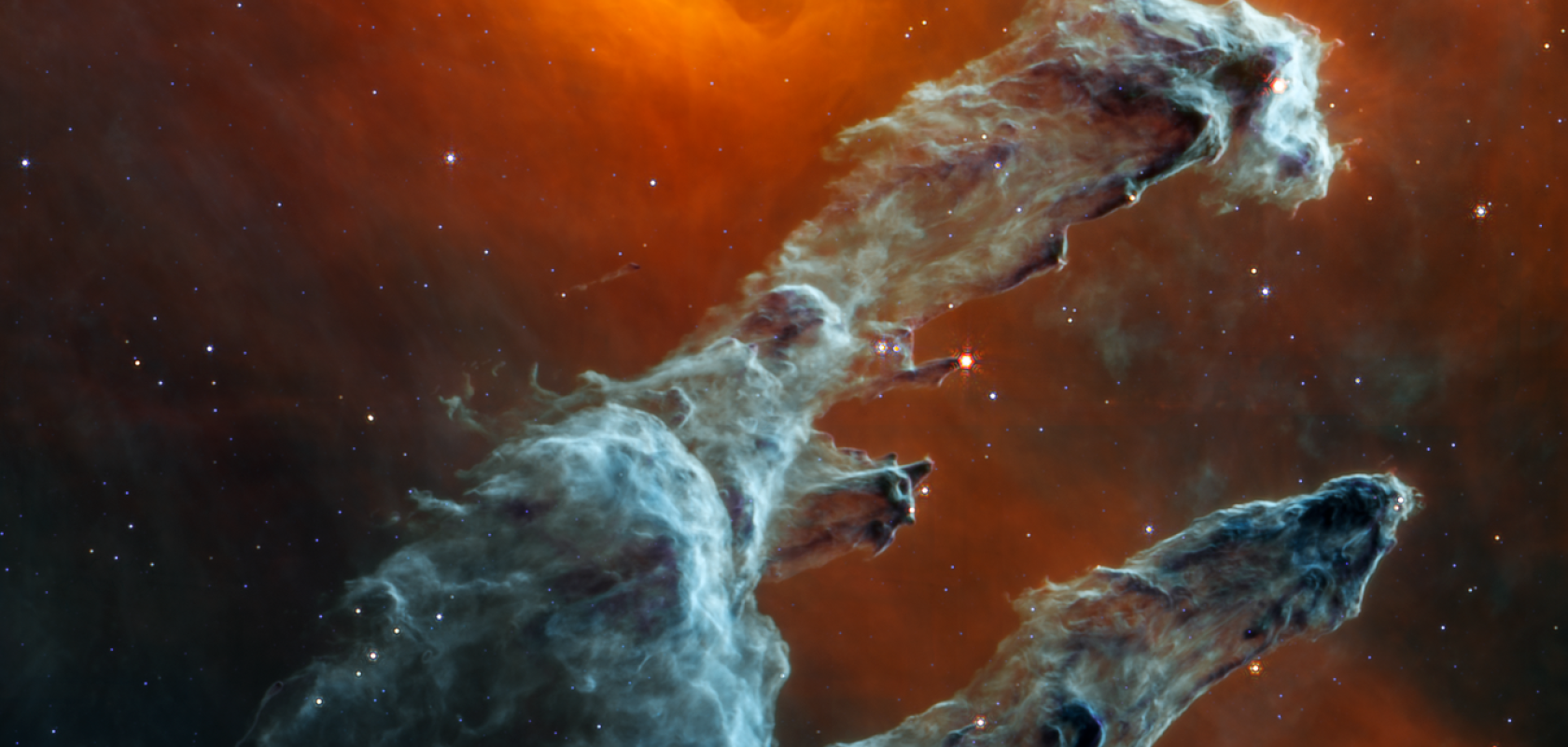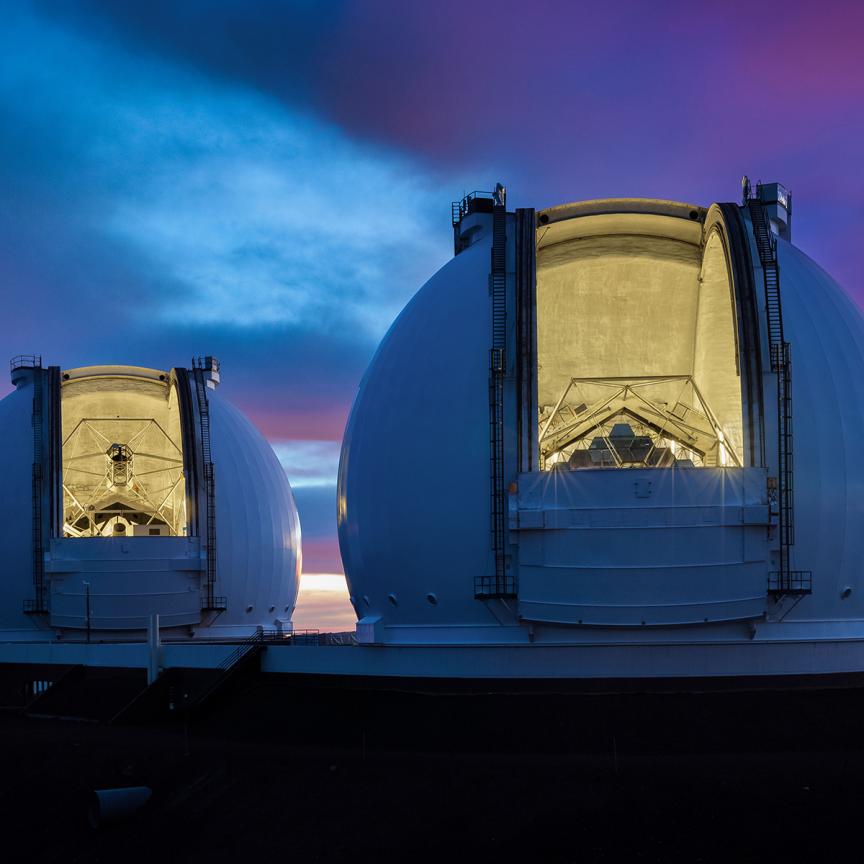Some 30 years and $10bn in the making, the James Webb Space Telescope (JWST) generated big expectations before it was launched in December 2021. But its discoveries since have exceeded the ambitions of even the scientists who helped create it.
Among a long list of breakthroughs, the telescope has already uncovered the earliest galaxies, formed just after the Big Bang, obtained the clearest images to date of stars being born, and has detected signs of hazy skies, clouds, and water vapour on an exoplanet.
These early successes would not have been possible without the research and innovation that went into the numerous optics and photonics components that make up the space telescope.
One such example is a team at Cranfield University, in Bedfordshire, England, who developed and manufactured the complex mirrors within James Webb’s mid-infrared instrument (MIRI) using an ultra-precision CNC machine tool designed and manufactured at Cranfield. Making these sophisticated components involved five years of development and the invention of completely new instruments and processes.
MIRI is the only mid-infrared instrument in Webb’s instrument suite and it contains more than half of the mirror surfaces that exist within the whole telescope. Thanks to state-of-the-art instrument design and components, MIRI can deliver mid-infrared images and spectra with an unprecedented combination of sharpness and sensitivity.
The team at Cranfield University Precision Engineering Centre was awarded a contract from the UK’s Astronomy Technology Centre to manufacture the image slicers and re-imager mirrors that sit inside four separate integral field units (IFUs) within MIRI’s medium-resolution spectrograph. These IFU mirror arrays perform a specific light-handling task that creates so-called ‘data cubes’, which enable astronomers to examine, for example, the atmospheres of Earth-like planets located around distant stars.

The James Webb image slicer manufactured by the Cranfield University team (Credit: Loxham Precision)
The Cranfield team manufactured 12 components overall, each containing a set of tiny mirrors – totalling 132 mirror surfaces produced overall. The critical aspect was ensuring the aluminium mirrors were cut sharply to minimise the effect of stray light, explained Prof Paul Shore, who led the project in the early 2000s: “You’re collecting a lot of light from a great big telescope, and then you’re focusing down onto a tiny mirror. Some of the image slicers had 24 mirrors over 16mm. So if there are any deadband regions between those mirrors, it represents a fairly big percentage of the overall light that the big telescope is collecting. That stray light, or deadband, massively reduces the performance of the IFUs.
“The absolute critical thing was to cut all of these pieces of aluminium such that the edges were incredibly sharp and precisely positioned,” Shore continued.
The main enabler in achieving this was finding a way to control temperature. Shore said: “The key innovation probably wasn’t anything to do with the optics. The key innovation was the machine built at Cranfield where we could temperature-control to about 0.005K. So, we were able to control a significant machine over a two-week duration where the movement of laser-controlled axes were stable to an optical imaging system that checked the position of the near-atomically sharp diamond tools. And because we had thermal control at 1mK resolution and 5mK temperature control, it allowed us to make these things. So, probably the biggest innovation from the Cranfield side was our ability to control the temperature in machinery.”
Thanks to innovations made by the Cranfield team, it would only take a couple of weeks to make the parts today, compared with the years it took to make them in the early 2000s.
Most of the tooling and micromachining knowledge developed at Cranfield during the James Webb project now exists in spin-out companies, notably Loxham Precision and Ultra-Precision Structured Surfaces (UPS2).
Winning high-profile contracts can seem impossible to many organisations. But rather than having the most groundbreaking or novel process, it was simplicity and repeatability that mattered the most in securing the project, said Shore.
“Our process was really quite simple – compared to other organisations that had much more complicated ways of doing it, it actually looked rather routine. But it was completely based on us being able to do the same thing over many hours to construct the mirror arrays."




